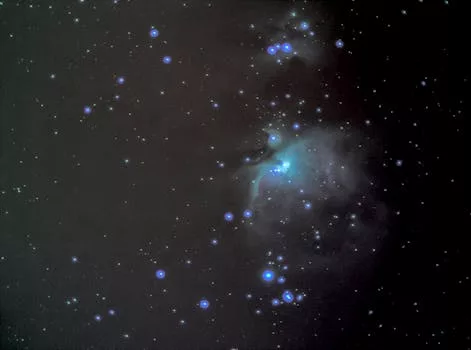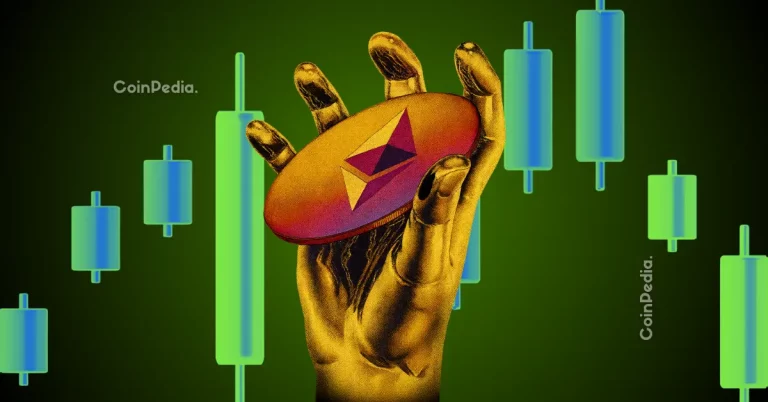
“
From Stardust to Dreams: Imagining Life Beyond the Stars
Introduction to the Cosmos
From Stardust to Dreams: Imagining Life Beyond the Stars is a journey that begins with the understanding that we are all made of stardust. The cosmos, with its billions of galaxies, stars, and planets, holds many secrets that humans have been trying to unravel for centuries. The fascination with the universe has led to numerous space exploration missions, with scientists and astronomers working tirelessly to uncover the mysteries of the cosmos.
Understanding the Universe
The universe is estimated to be around 13.8 billion years old, with the first stars forming around 13.6 billion years ago. The Big Bang theory suggests that the universe began as a single point and expanded rapidly, with matter condensing to form galaxies, stars, and planets. The universe is still expanding, with galaxies moving away from each other at incredible speeds.
The cosmos is home to a vast array of celestial objects, including stars, galaxies, black holes, and neutron stars. Each of these objects has its own unique characteristics, with some emitting intense radiation, while others are incredibly dense. The study of these objects has led to a greater understanding of the universe and its many mysteries, much like the infinite universe of imagination.
Imagining Life Beyond the Stars
The possibility of life beyond the stars is a topic of much debate and speculation. With billions of galaxies, each containing billions of stars, the potential for life-supporting planets is immense. Scientists have discovered thousands of exoplanets, some of which are located in the habitable zones of their respective stars, making them potential candidates for supporting life.
The discovery of exoplanets has led to a new era of space exploration, with missions such as the Kepler Space Telescope and the Transiting Exoplanet Survey Satellite (TESS) searching for potentially habitable planets. The search for life beyond the stars is an ongoing effort, with scientists using a variety of methods to detect biosignatures, such as the presence of oxygen or methane in a planet’s atmosphere, echoing the themes of soaring through the cosmos.
Conclusion and Takeaways
In conclusion, the journey from stardust to dreams is a long and fascinating one, filled with discoveries and mysteries waiting to be uncovered. The possibility of life beyond the stars is a tantalizing one, with scientists and astronomers working tirelessly to uncover the secrets of the cosmos. Some key takeaways from this journey include:
- The universe is estimated to be around 13.8 billion years old, with the first stars forming around 13.6 billion years ago.
- The cosmos is home to a vast array of celestial objects, including stars, galaxies, black holes, and neutron stars.
- The possibility of life beyond the stars is a topic of much debate and speculation, with scientists searching for potentially habitable planets and biosignatures.






